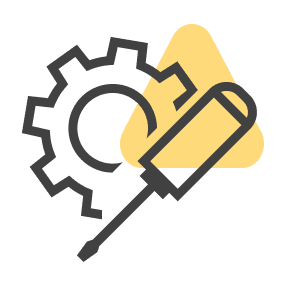LINQ Platform Documents
LINQ Bench

Specification and Performance
Specification and performance details of the LINQ Bench

Cleaning Solutions
Approved cleaning solution and procedure for the LINQ Bench
LINQ Cloud

Networking and Cybersecurity
LINQ workcell networking and cybersecurity overview
Contact our legal team
For questions or further information, please get in touch